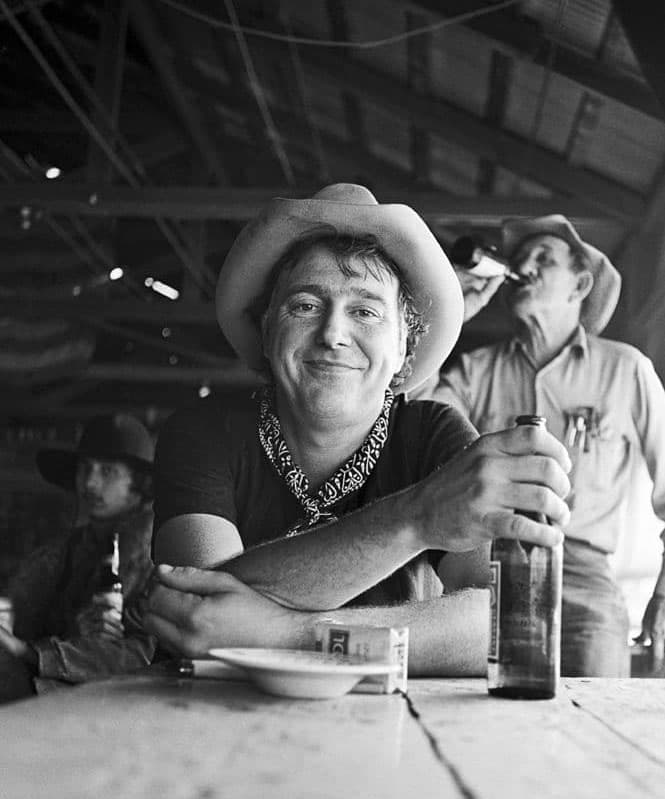
A nostalgic ode to a fleeting roadside romance and the vibrant keepsake that remains.
For those of us who came of age with a restless heart and a tank full of gas, few names evoke the spirit of outlaw country, ramblin’, and authentic Texas charm quite like Jerry Jeff Walker. The quintessential “gonzo” troubadour, his 1991 album, aptly titled Navajo Rug, marked a shift, a mellowing of the wilder edges while retaining the unmistakable honest songwriting that defined his career. The title track, “Navajo Rug,” is one of the album’s most cherished moments—a tune that feels like finding a faded photograph tucked into an old road map.
The studio album, Navajo Rug, was released on August 1, 1991, and was a notable success for Walker in his later career, celebrated for finding a middle ground between his famously reckless persona and his new contentment in middle age. While it didn’t register a splash on the major Billboard singles charts, the album itself proved to be Walker’s most successful since his mid-’70s prime. It found its home on the Country Albums chart, reaffirming his stature as a beloved Texas icon whose appeal was less about radio hits and more about a loyal, passionate audience who appreciated his weathered truth. The album was released on Rykodisc, which was a new home for the veteran singer, and signaled a commercially and critically satisfying phase.
The song “Navajo Rug” itself holds a fascinating pedigree, as it was written not by Jerry Jeff Walker, but by the acclaimed songwriting pair of Tom Russell and Ian Tyson. This is a common thread in Walker’s work—he was a master interpreter who championed and popularized the songs of his peers, much like he did for Guy Clark and Townes Van Zandt. Walker’s gift was making a song his own, weaving it into the fabric of the Texas experience, regardless of its original authorship.
The story behind the song is a simple, yet perfectly framed, snapshot of a fleeting romance in a small, dusty town. It’s set in a “canyon, Colorado diner” where the narrator falls for Katie, a waitress serving up “two eggs up on whiskey toast” and “roadhouse coffee / That burns up your inside.” The crucial, tangible relic of their affair is the titular rug—a worn out Navajo rug that sits beneath an old stuffed bear, later pulled down from its resting place to be “spread it across the floor” after the boss leaves. It’s an intimate, slightly illicit memory set against the backdrop of the rugged American West.
The meaning of “Navajo Rug” is deeply tied to nostalgia and the bittersweet realization that some of the best moments in life are temporary. The chorus, with its wistful sigh, “Aye aye aye, Katie / Shades of red and blue / Aye aye aye, Katie / Whatever became of the Navajo rug and you,” isn’t just asking about the fate of the girl and the rug. It’s asking about the fate of that younger self, the open-road freedom, and the brief, burning passion that the colorful textile came to symbolize. The rug, with its “shades of red and blue,” becomes a metaphor for the vividly woven memory of a simpler, less complicated time—a time when a worn-out rug in a back corner of a diner could serve as a whole world for two people for a short night. For many of us older listeners, this song taps into that shared experience of looking back on youthful encounters, where a small, seemingly insignificant object can hold the weight of a powerful, long-gone emotion. It’s a reminder that even the most grounded, settled lives are built on a bedrock of restless memories.